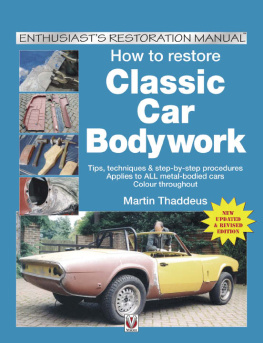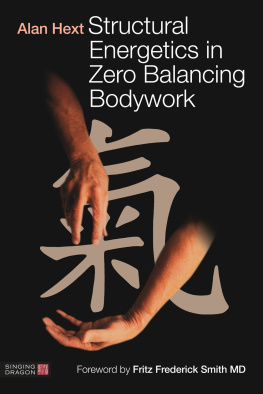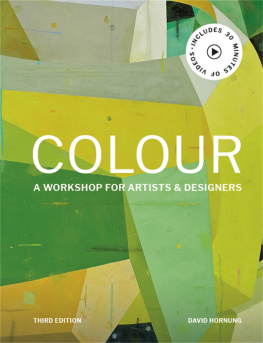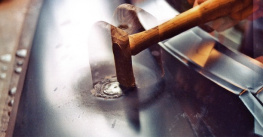Martin Thaddeus - How to Restore Classic Car Bodywork
Here you can read online Martin Thaddeus - How to Restore Classic Car Bodywork full text of the book (entire story) in english for free. Download pdf and epub, get meaning, cover and reviews about this ebook. year: 2012, publisher: Veloce, genre: Home and family. Description of the work, (preface) as well as reviews are available. Best literature library LitArk.com created for fans of good reading and offers a wide selection of genres:
Romance novel
Science fiction
Adventure
Detective
Science
History
Home and family
Prose
Art
Politics
Computer
Non-fiction
Religion
Business
Children
Humor
Choose a favorite category and find really read worthwhile books. Enjoy immersion in the world of imagination, feel the emotions of the characters or learn something new for yourself, make an fascinating discovery.
- Book:How to Restore Classic Car Bodywork
- Author:
- Publisher:Veloce
- Genre:
- Year:2012
- Rating:4 / 5
- Favourites:Add to favourites
- Your mark:
- 80
- 1
- 2
- 3
- 4
- 5
How to Restore Classic Car Bodywork: summary, description and annotation
We offer to read an annotation, description, summary or preface (depends on what the author of the book "How to Restore Classic Car Bodywork" wrote himself). If you haven't found the necessary information about the book — write in the comments, we will try to find it.
How to Restore Classic Car Bodywork — read online for free the complete book (whole text) full work
Below is the text of the book, divided by pages. System saving the place of the last page read, allows you to conveniently read the book "How to Restore Classic Car Bodywork" online for free, without having to search again every time where you left off. Put a bookmark, and you can go to the page where you finished reading at any time.
Font size:
Interval:
Bookmark:
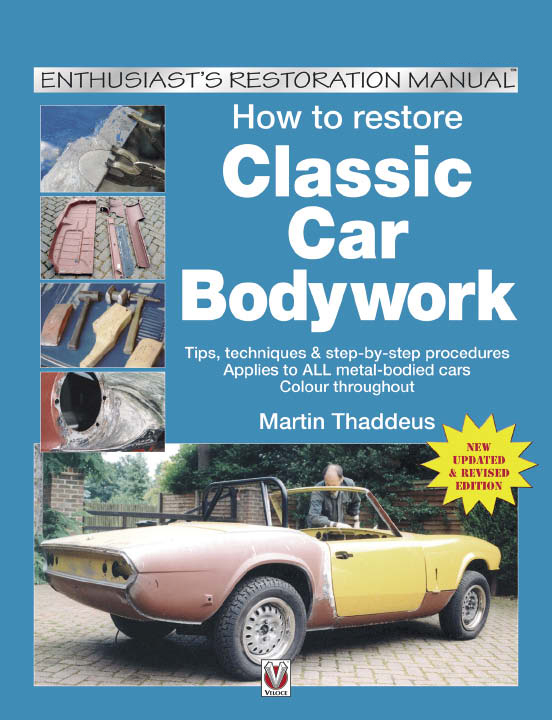
How to restore
Classic
Car
Bodywork
Martin Thaddeus
First printed in paperback format in 2013.
First published in ebook format 2013 by Veloce Publishing Limited, Veloce House, Parkway Farm Business Park, Middle Farm Way, Poundbury, Dorchester, Dorset, DT1 3AR, England Fax 01305 250479 e-mail info@veloce.co.uk web www.veloce.co.uk or www.velocebooks.com .
Ebook edition ISBN: 978-1-845846-39-8
Paperback edition ISBN: 978-1-845844-11-0
Martin Thaddeus and Veloce Publishing 2013. All rights reserved. With the exception of quoting brief passages for the purpose of review, no part of this publication may be recorded, reproduced or transmitted by any means, including photocopying, without the written permission of Veloce Publishing Ltd. Throughout this book logos, model names and designations, etc, have been used for the purposes of identification, illustration and decoration. Such names are the property of the trademark holder as this is not an official publication.
Readers with ideas for automotive books, or books on other transport or related hobby subjects, are invited to write to the editorial director of Veloce Publishing at the above address.
British Library Cataloguing in Publication Data A catalogue record for this book is available from the British Library. All Ebook design and programming by Veloce Publishing Ltd on Apple Mac.
Contents
Introduction
This book was written for all those classic car enthusiasts who want to get involved with bodywork, but who, for whatever reason, feel they lack the necessary knowledge or confidence. Although I've met many owners and enthusiasts over the years who would readily get involved with the mechanics of their beloved vehicle, most would shy away from any panel work as if it were something of a 'black art.'
While it's true that some panel beaters have a touch of the prima-donna about them, magic, of course, doesnt come into it. What I really want to get across in this book is the fact that, whatever I can do, you can do, too ... albeit with a little help.
When you've reskinned a hundred doors, you're not going to be fazed by number 101. On the other hand, if the results of your first attempts are to hang on the car of your dreams, you might find this a slightly bigger deal. Not to worry, though, I still remember my first attempts, and I have subsequently talked enough people through the process to be familiar with the snags you're likely to encounter (and how to get around them).
These days, it increasingly seems to be the case that panel repair means panel replacement. Many of the older skills are being lost, and craftsmanship has given way to mass-production. To my mind, however, the body man who doesn't understand the nature and properties of the metal he is working is always going to be at a disadvantage.
With regard to the range of vehicles this book will cover, I'm aiming for the middle ground. That's to say; not the earliest carriages with wood or canvas coachwork, and not the costliest, hand-made, light alloy one-offs. The cars with which I'm most familiar, and the cars most commonly owned, are the mass-produced, steel-bodied vehicles built in the fifties, sixties and seventies. The nature of metal, though, is such that anyone, with any vehicle of any age, will probably find something of use in the following pages.
Enthusiasm is a key element in any restoration project, but you should bear in mind that it's very easy to be enthusiastic when things are going well. There may be days when things go badly, of course, and other days when no progress is made at all. Bodywork, too, is not without its hazards, and safety must always be at the forefront of your mind. A book can only take you so far, and I will point out the potential dangers as they arise, but there's no substitute for common sense, and you would do well to speak to as many people who have been involved in this kind of work as you can.
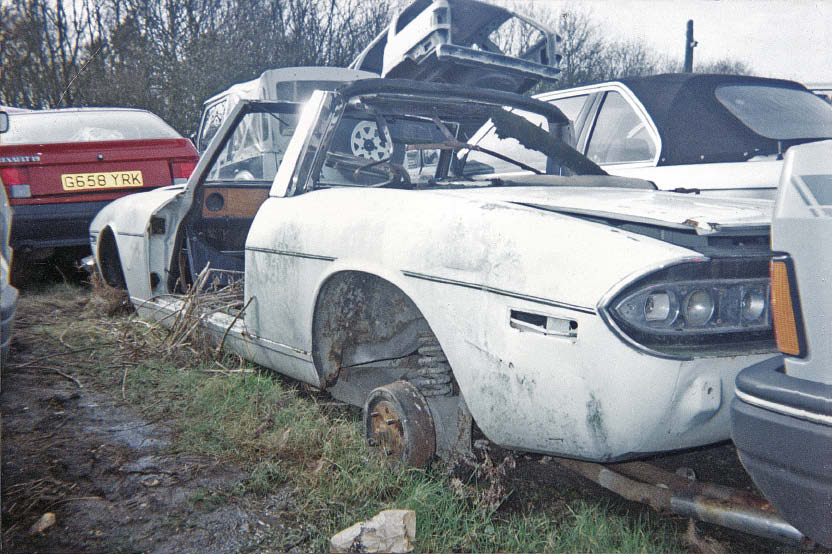
Intro-1a. Before, as found in a scrapyard....
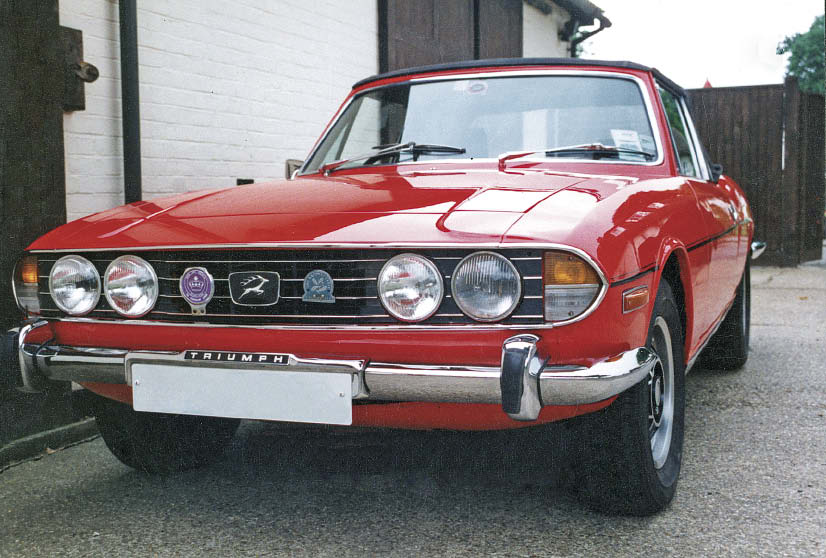
Intro-1b.... and after, showing anything is possible.
In writing this book, I have assumed that the reader will have no specialist knowledge and no specialist equipment or plant. Over the years I have worked in main dealerships and in my own little shop, and pretty much everything in between. I have also, on occasion, worked out of the back of my jeep, at the homes of my customers. Such situations limited the techniques that I could employ, and forced me to develop ways of working without the aid of many of the tools which are central to the big shop. The techniques that I developed are, therefore, perfect for the home restorer who doesn't have access to full bodyshop facilities. This, coupled with my love of bringing the owners into the restoration process in a very hands-on way, places me in a good position to write a work which aims to bridge some of the divide between amateur and professional.
Scope of the book
The projects covered in this book reflect the sort of problems you are likely to encounter during the course of a normal restoration. To some extent, the jobs you can handle are governed by the tools you have to hand and your own ingenuity. By way of an example, I once made a side panel section for a Toyota Space Cruiser (Lite-Ace). This section spanned the area between the wheelarches, and from the waistline down to the sill. The problem, however, was that all I had to hand was a small folding work bench, a length of 2x4, and a friend. Im not suggesting that you have your mates stand on your sheet metal while you work it, of course, merely that sometimes we have to improvise.
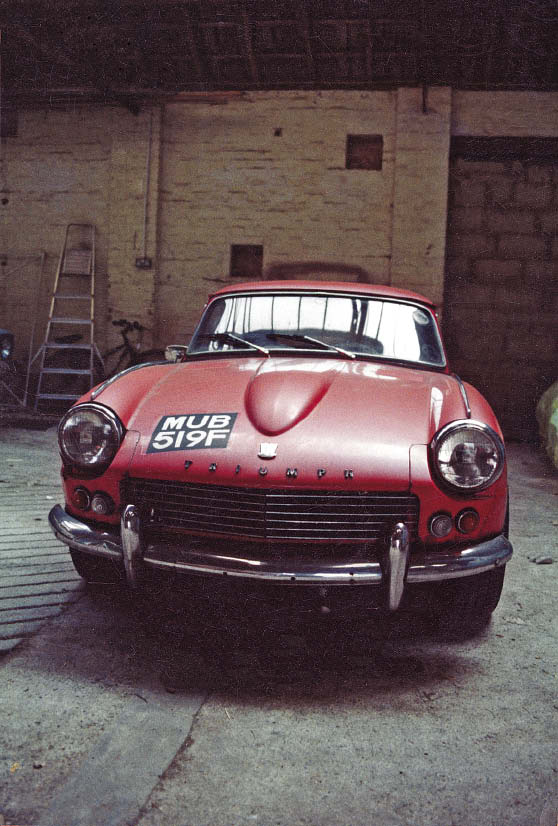
Intro-2. GT6 awaits restoration after more than 30 years of patching.
This is not a book on panel development, though I can offer a good foundation in that discipline. I will show you how to make wing and floor sections, rather than complete wings and floorpans.
Likewise, this is not a book on welding, though I will outline many welding techniques. You should bear in mind that MIG and oxyacetylene equipment represent a huge potential danger to both person and property. In some parts of Europe, for example, welding gas is classed as an explosive! It would be foolish, therefore, to attempt to learn to weld from books alone. Instead, it would be far better, and safer, to cover the basics with an experienced welder.
Buying your classic vehicle
There are many issues that must be addressed before you embark on a major restoration project. Your choice of vehicle, for example, and the way you approach the job at every stage will depend on many factors. These include the importance you place on originality, whether the cost and effort is reflected in the ultimate value of the car (after all, the workload involved in restoring a Morris Minor may be the same as that for a Ferrari), whether you regard the restoration as a financial investment, and, of course, what you can afford. There's also the availability of parts to consider.
The reasons for choosing to purchase any particular vehicle are as numerous as there are models to choose from. Firstly, what is a classic? I gave up trying to answer that one years ago. Some cars gain classic status because nobody could ever afford them, while others are now desirable because everybody and his uncle had one. My old Ford Anglia, for example, was, and is, worth nothing. I had always regarded the model as ugly, but driving the thing made every journey an adventure. Not least because, wherever I went, people would point and wave, and, more often than not, Id have someone walk over saying, Cor blimey, I had one of them, and, Fantastic, yeah, oh thats made my day. In truth, I would never have actually chosen the Anglebox, in fact, but took it simply because it was convenient at the time. Today, though, I would happily recommend an Anglia to anybody. It's practical to own and cheap to run, though, of course, it will never make any money. Wings for this model, however, are very rare, and can cost far more than a complete car to buy.
Font size:
Interval:
Bookmark:
Similar books «How to Restore Classic Car Bodywork»
Look at similar books to How to Restore Classic Car Bodywork. We have selected literature similar in name and meaning in the hope of providing readers with more options to find new, interesting, not yet read works.
Discussion, reviews of the book How to Restore Classic Car Bodywork and just readers' own opinions. Leave your comments, write what you think about the work, its meaning or the main characters. Specify what exactly you liked and what you didn't like, and why you think so.

